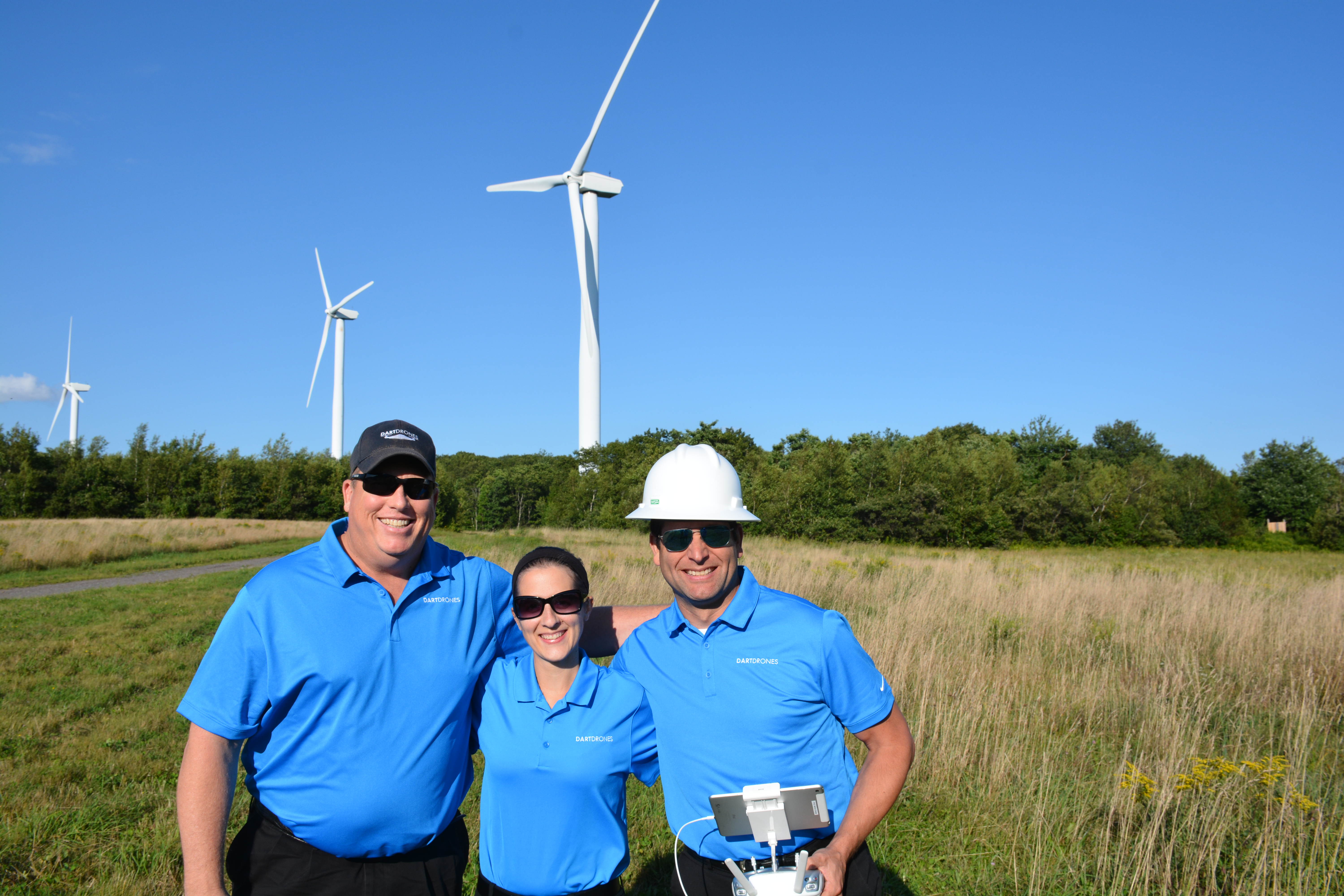Insurance Inspection Drones Can Benefit Companies During Natural Disasters
Drones are having a big impact on many professions across the country. One specific example is that of drones being used to safely perform high-risk jobs. Police, fire/rescue, security and emergency management services use these unmanned devices to keep their officers safe. Recently, a lot more insurance companies have been implementing insurance inspection drones into their operations and getting their employees Part 107 certified.
Insurance claims adjusters know a thing-or-two about high-risk jobs. They perform on-scene investigations of accidents, fires, crimes and property damages to determine what is or what is not covered by the insurance provider. Natural disasters are a huge problem for insurance companies in general, but for the claims adjuster on the ground, the aftermath of these terrible events makes for a treacherous workspace.
Insurance inspection drones and safety
Insurance companies will no longer have to put agents in harm’s way after natural disasters. Now, claims adjusters can use insurance inspection drones to investigate damages caused by these events from a safe distance. Previously, insurance companies had to send an adjuster to the scene of a disaster with only a digital camera. These adjusters would have to investigate unsafe structures, hazardous materials, or loose electrical wiring.
No longer will investigators need to risk falling from a ladder, trudging through murky water, or injuring themselves on the job. Inspection drones provide on-scene investigators with a bird’s eye view. Instantly, investigators can document the magnitude of the situation and perform accordingly. The pilot can maneuver the drone into risky environments or locations that are not safely reachable by humans.
Claim adjuster drone pilot
An adjuster can not simply buy a drone and take it to a scene before accomplishing a few steps. First, the pilot must become FAA Part 107 certified to fly an insurance inspection drone for commercial use. Second, it is a very important for the pilot to receive drone flight training. It is likely that a pilot investigating natural disaster scenes will face difficult flying conditions. Also, investigating property for insurance purposes is a specific task that only the trained eye knows what to look for.
Cost effective addition
Not only will drones cut down on the risk of employee injury and compensation, but they will save money on equipment. Inspection drones, for these types of situations, can be purchased for $1000 and up. Most drones today carry high-quality cameras with HD and 4k capabilities that provide insurance investigators with clear photographs of whatever they are examining. This takes away the risk of having to replace equipment that was damaged due to being dropped or damaged on the scene.
An insurance drone is a far cheaper and safer method than a manned helicopter or airplane. Also, drones can be equipped with thermal imaging cameras and operate in low-visibility conditions that manned aircraft could not. The size and weight of these devices make them a lot more versatile. The majority of these insurance drones can be transported in a small carrying case. This means that numerous agents can transport these devices to a scene and cover more than one claim at a time. More claims being covered at once means that insurance companies can settle claims at a faster rate.
Learn more
We are here to help. Our expert instructors care about providing the most up-to-date training. We offer Part 107 test prep and drone flight training programs for people of all skill levels. Our UAV beginner courses are great for anyone who is new to the industry and looking to get started. We also offer unmanned aircraft advanced training courses for the more experienced pilot or anyone looking to learn a specific trade. Check out DARTdrones or call 800.264.3907 to learn more information.
Download a Free Flight Checklist

Gain access to a free resource which covers a pre-flight, during flight, and post-flight checklist.
